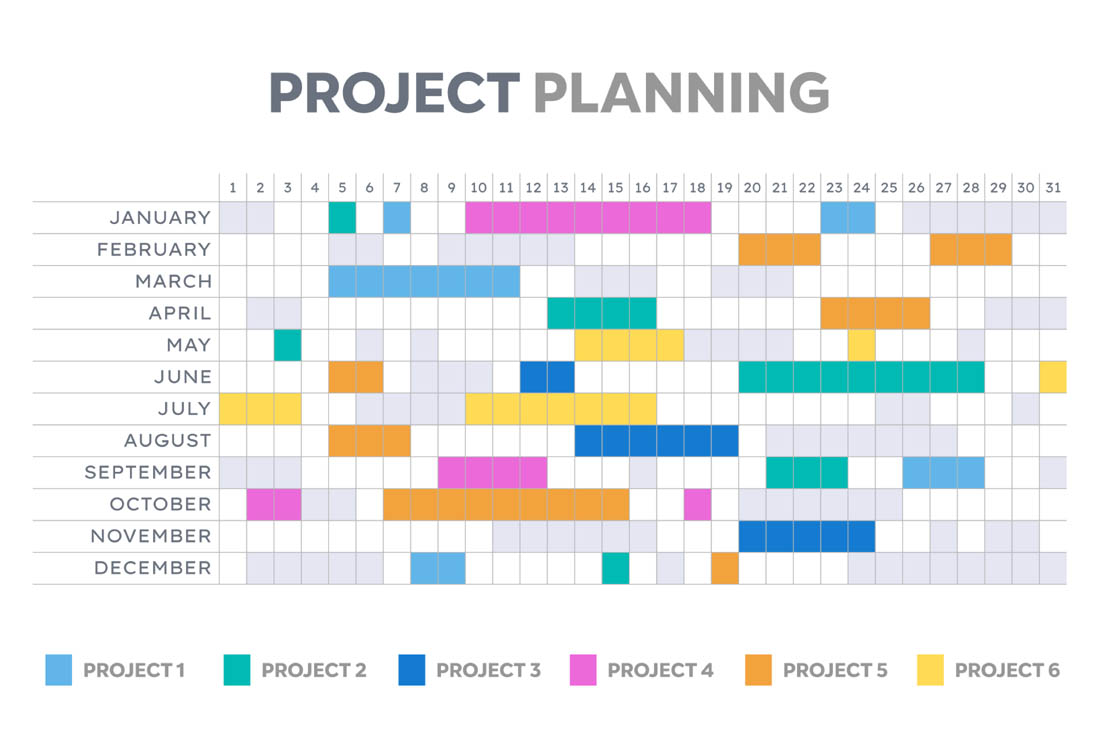As times change, businesses constantly seek ways to gain a competitive edge. Workforce intelligence is one such tool setting businesses apart. With data and analytics on their employees and their habits, workforce intelligence helps companies make informed decisions, optimize efficiency and achieve long-term success.
In this post, we’ll discuss workforce intelligence, including its importance and benefits.
What is workforce intelligence?
At its core, workforce intelligence is the collection, analysis and interpretation of data related to an organization’s workforce. This goes beyond basic HR metrics to enable leaders to examine various aspects of employee performance, engagement and development. By uncovering patterns and trends in how employees work and grow, workforce intelligence provides valuable insights that help organizations strategically manage their workforce and set realistic future goals.
Workforce intelligence data includes:
Workforce intelligence draws from various data sources to provide organizations with a comprehensive view of employees. Key data types include:
- Productivity data such as task completion rates, workload distribution and project timelines.
- Engagement data such as survey responses, participation in initiatives and collaboration levels.
- Skills data such as employee qualifications, certifications and expertise.
- Attendance data such as absenteeism patterns and turnover rates.
- Training data such as program participation and post-training performance.
- Performance data such as feedback from evaluations and manager reviews.
The evolution of workforce intelligence
Workforce intelligence has evolved significantly over the past few years. Previously, HR departments focused on administrative tasks like payroll or timekeeping and personnel management. Now, advancements in technology and increasingly-available data have transformed the HR landscape, giving HR leaders and employee managers insight into broader trends.
HR professionals can now access sophisticated analytics tools that give them in-depth information about their workforce. These tools empower organizations to identify patterns, make accurate predictions and align their workforce strategies with overall business goals. From improving recruiting and retention to managing everyday productivity, workforce intelligence is now an integral part of workforce management.
The importance of workforce intelligence in today’s business environment
Workforce intelligence is one of the driving forces in strategic decision-making within organizations today. By providing key insights into employee engagement and performance, the tool enables leaders to make informed decisions that align with company objectives.
To make effective strategic decisions, leaders need a deep understanding of an organization’s workforce and capabilities. Workforce intelligence provides this understanding by identifying skill gaps, highlighting high-performing teams and individuals and offering insights into training and development needs.
A well-managed workforce is also a productive workforce. Workforce intelligence gives organizations the tools to monitor and improve employee productivity and satisfaction. By analyzing data related to workload, performance, engagement and more, organizations can identify areas for improvement and take proactive measures to address them.
Benefits of workforce intelligence
The benefits of workforce intelligence extend far beyond the HR office. By leveraging data-driven insights, organizations can enhance their business efficiency, drive organizational growth and foster innovation and creativity.
Increase business efficiency
Workforce intelligence enables organizations to identify bottlenecks, streamline processes and eliminate unnecessary tasks from employees’ to-do lists. By optimizing workflows and removing extra steps, organizations improve operational efficiency and reduce costs. Leveraging workforce intelligence helps managers with workforce planning, giving them actionable insights to make data-driven decisions, often in real time. Leaders can quickly spot workload imbalances and fix them before they turn into more serious issues — preventing employee burnout and workplace slowdowns.
Drive organizational growth
Workforce intelligence plays a pivotal role in driving organizational growth. Using workforce intelligence metrics, leaders can make data-driven decisions on headcount, technology, processes and policies. It can also give managers a better idea of which employees may have bandwidth for more creative tasks like developing new products or services or supporting new projects. Leadership may also pinpoint which employees can train others on new tools or processes, allowing those employees an opportunity to shine while improving their colleagues’ ability to get work done.
Hire and support the right employees
By analyzing employee performance and engagement data, organizations can identify individuals with high potential and create targeted development programs to help them move up in their careers. This can not only help the business retain top talent but also ensure a pipeline of skilled employees is ready to assume leadership positions. Understanding workforce intelligence data helps organizations create career development plans for their employees, helping in career pathing and succession planning. Workforce intelligence tools also set organizations apart in the talent marketplace by giving them the ability to target what skills they’re looking for.
Improve employee engagement
Employee engagement can make or break an organization’s ability to get tasks done, maintain quality or grow. By understanding how and where employees work best, what tools they use to get their work done and what may be stopping them from being productive, managers can help foster engagement. Workforce intelligence can provide valuable insights into how engaged employees are with their work. At the same time, managers can use the data to reward employees who perform well and provide support to those who may be struggling – all of which can help employees feel more engaged with their company and their work.
Help prevent burnout
Employees who are overworked or unhappy in their jobs may face burnout, stress and even physical or mental health problems. Workers may need time off, the ability to delegate tasks to other underutilized workers or flexibility to improve their work-life balance. The data from workforce intelligence can help managers see the signs of burnout or withdrawal and get employees help before bigger issues arise.
Foster innovation and creativity
Innovation and creativity are game-changers for organizations who want to stay ahead of their competition. Workforce intelligence can uncover insights into employee skills, strengths and interests, helping organizations create diverse and collaborative teams. By harnessing the power of diverse perspectives, organizations can foster more innovation and generate creative solutions to complex challenges.
Implement workforce intelligence in your organization with ActivTrak
Start understanding your workforce better with ActivTrak’s workforce analytics. Get a complete picture of how your employees work and what holds them back. See productivity trends from an organization-wide perspective and optimize efficiency through improved technology use and workflows. Create custom dashboards to share data with both employees and managers to give the whole team better insight into their progress and growth.
Request a demo of ActivTrak today to learn how you can implement workforce intelligence at your organization to drive growth and improve productivity.





